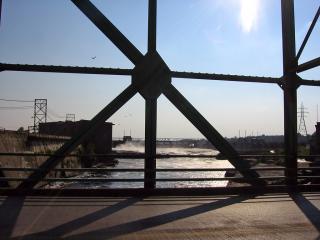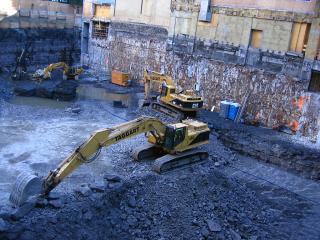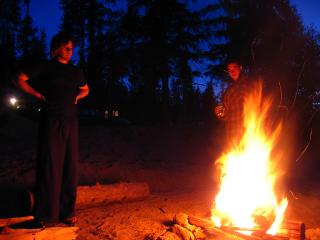A couple of interesting facts relating to meteorological nomenclature:
First, a ‘cyclone’ is any “system of winds rotating around a centre of minimum barometric pressure,” according to the OED. Once those winds reach hurricane speeds (64 knots), the storm is called a ‘hurricane’ in North America; a ‘typhoon’ in the Northwest Pacific, west of the International Date Line; a ‘severe tropical cyclone’ in the Southwest Pacific, west of 160°E or the Southeast Indian Ocean east of 90°E; a ‘severe cyclonic storm’ in the North Indian Ocean; and a ‘tropical cyclone’ in the Southwest Indian Ocean.
Secondly, the American National Oceanic and Atmospheric Administration (NOAA) names cyclones in a number of different regions several years in advance. If the list of names assigned for a season runs out (there are 21 assigned names per year) subsequent storms are named after the successive letters of the Greek alphabet. Short, distinctive names are used because doing so was found to produce fewer errors than designating storms on the basis of latitude and longitude. Sometimes, a storm is “so deadly or costly” that the NOAA retires the name, for reasons of emotional sensitivity.




